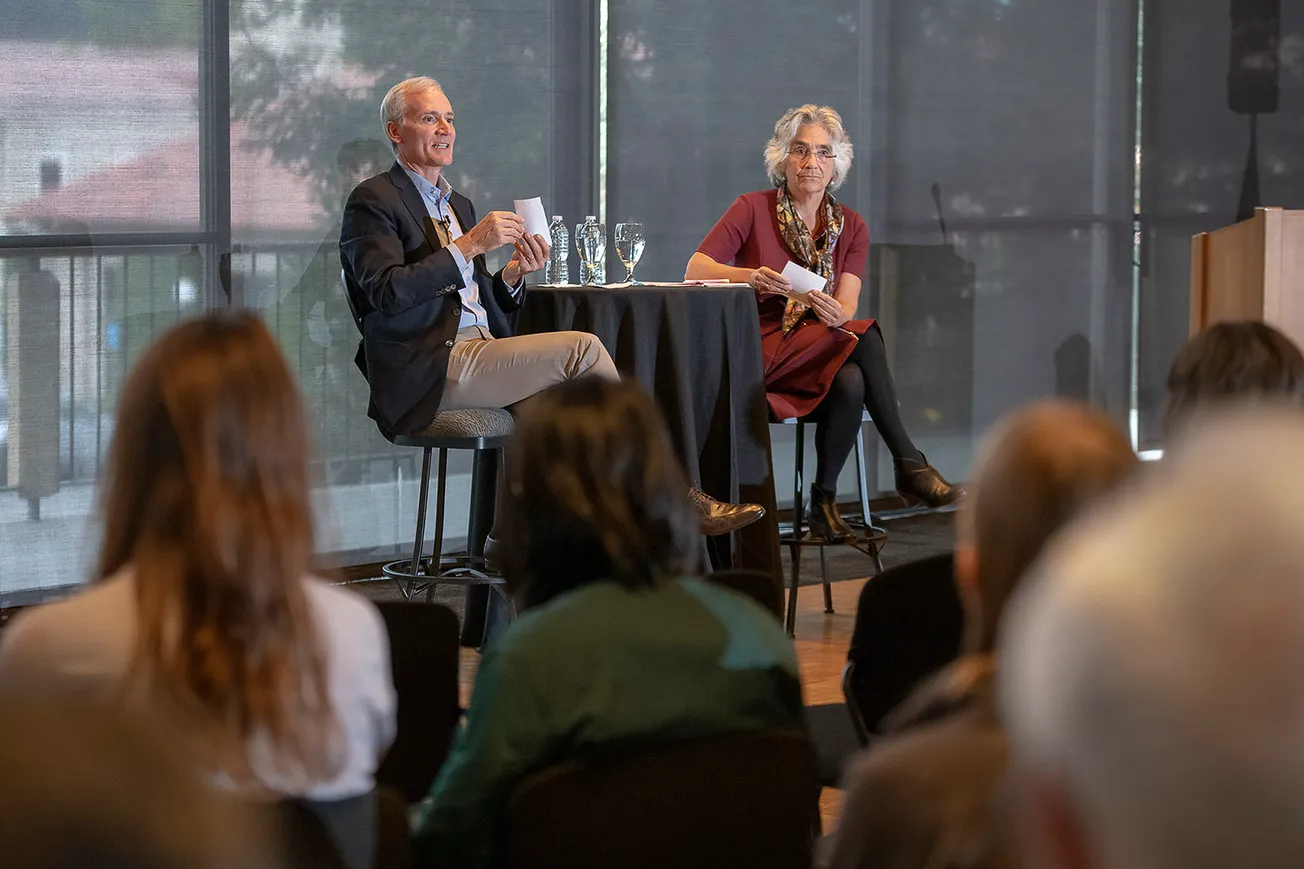Table of Contents
Attention! The administration has put the campus on high alert and instructed minorities to seek shelter in their nearest safe space. Overrun by conservative fanatics, predatory frat boys, and bullying bigots, Stanford has become a war zone. Liberals try in vain to tear down the fascist propaganda. Girls frantically check their pumpkin spice lattes for contamination. Asian bike riders grip tightly onto their handlebars.
The campus is in turmoil. That is, according to the series of alarmist emails students have received from administrators this quarter. Those who haven’t marked these messages as spam might have noticed University administrators responding to “concerning incidents” on campus with increasing hysteria and hyperbole. (Traumatized Mercedes drivers are still waiting for their letter of condolence following a recent armed carjacking).
The cause for this drastic shift in communication style seems to originate from a public relations disaster over the summer. President Marc Tessier-Lavigne and Provost Persis Drell came under fire for their brief and formulaic announcement about the sighting of a noose on campus, which students criticized for failing to acknowledge the historical significance of the symbol.
Since then, messages from University administrators have adopted an overtly liberal and alarmist rhetoric. The Vice Provost for Student Affairs Susie Brubaker-Cole, in particular, sounds less like an impartial administrator and more like a woke imitator. Her emails are replete with leftist jargon like “emotional trauma” and “institutional change,” offering students farcical solutions such as “trauma-sensitive yoga.”
Conservatives are not the only ones growing weary of this blatant virtue signalling. The very liberals the President and Provosts were trying to pacify remain unappeased. They were particularly insulted by the announcement of “Hacking Hate,” an event for techies to brainstorm shortcuts to racial equality (since, as Martin Luther King Jr. put it, “hate cannot drive out hate; only hackathons can do that”).
By feigning outrage every time something goes wrong, the leadership thinks they can prove their “commitment to diversity” and prevent another backlash from student activists. Consequently, they have allowed a vocal minority largely out of touch with the student body to dictate their communication and shape campus discourse.
On November 7, for example, Drell and Brubaker-Cole wrote a condescending email to “students in distress” over the promotion of conservative pundit Ben Shapiro’s impending speech. In reality, the only students traumatized by the invitation exist in the administration’s imagination. Liberals were simply peeved by yet another provocative move from The Stanford College Republicans (SCR).
After describing SCR’s attempt to flyer Casa Zapata, the subject of the email takes a sudden turn. “In this time of heightened tensions and fear from national and international events,” the Provost and Vice Provost write, “we need to recognize the real fear, grounded in real threats and true harm at events still raw and recent in our memory – El Paso and Gilroy, Pittsburgh and Poway.”
When I first read this line, I had to take a step back and reflect. Did my provosts really invoke mass shootings in an email about a campus flyer dispute? Whatever taunting remarks SCR made does not justify comparing them to white supremacists. And however annoyed students were by the sight of a Ben Shapiro poster, they were not trembling in fear.
The administration’s inflammatory rhetoric is dangerous. While ostensibly attempting to defuse tensions, it actually further polarizes students, perpetuating stereotypes about conservatives as campus bullies and liberals as fragile snowflakes who cower at the sight of a flyer. It also conflates Stanford’s campus with the communities devastated by those shootings, diminishing the real terror that the victims there experienced and that their friends and family live with today. Clarifying acceptable standards of behavior does not require the University’s leaders to dramatize events nor put a leftist spin on them.
Likewise, in an email from November 15, University leaders blamed the recent attacks against Asian and Asian Americans on the “ideology of white supremacy and nativism” storming Stanford. I was just as horrified as administrators when I learned of students being attacked for the color of their skin. However, we cannot jump to conclusions about the overall position of racial minorities at Stanford based on a handful of incidents whose perpetrators appear to be visitors, not students.
Ultimately, the administrators have failed to learn a crucial lesson from their PR disaster over the summer: all students really want is sincerity. The Daily piece that lambasted the President and Provost for poorly responding to the sighting of a noose on campus reflects this sentiment. Signed by 102 members of the community, it contrasts Stanford’s “lifeless, robotic” response with a heartfelt speech from the President of Duke University when his campus faced an identical incident. Stanford’s leaders responded to this criticism by embellishing their messages and pandering to the left, when students simply wanted them to respond to upsetting reports thoughtfully and appropriately: not in a woke voice, but their own voice.
The distorted view of student life that emerges from University emails has created unnecessary paranoia about the level of safety and security on campus and further polarized students on the left and the right. Stanford’s leaders are supposed to defuse tensions on campus. Instead, they’re inflaming them. If they don’t rethink their communication style now, they will have an even bigger problem on their hands.









